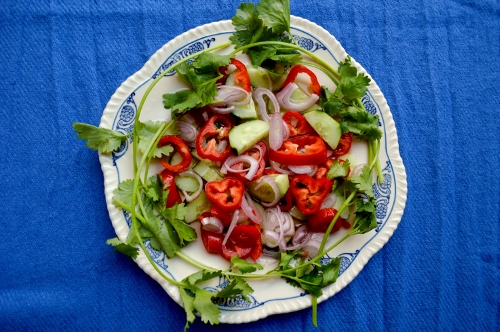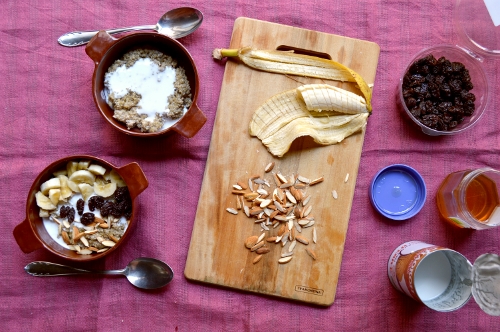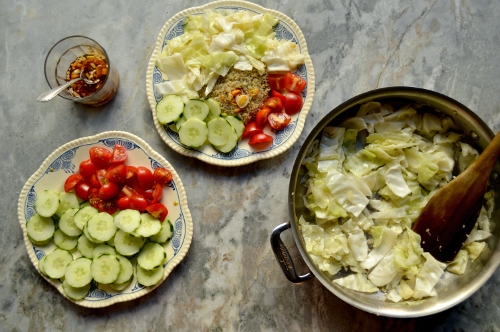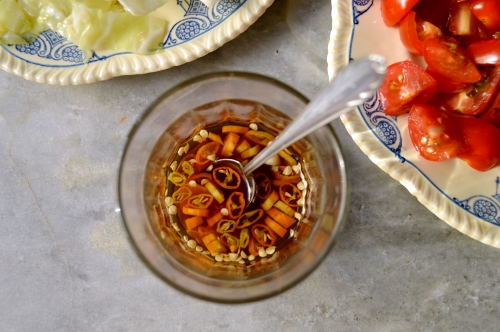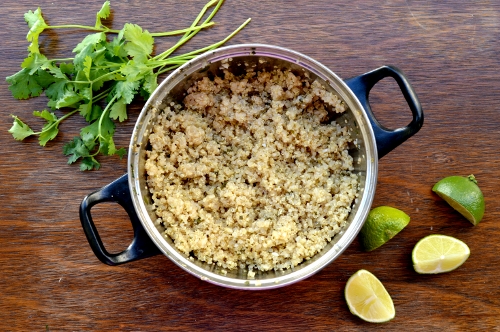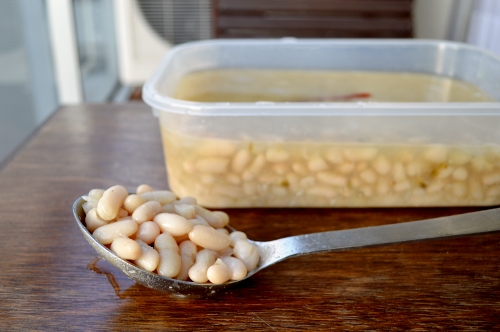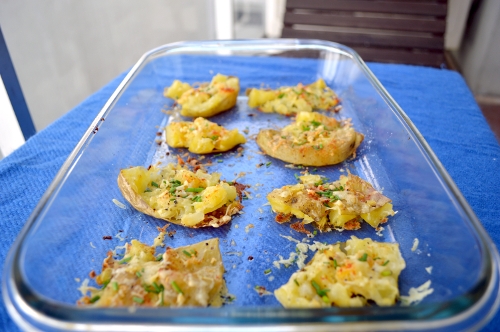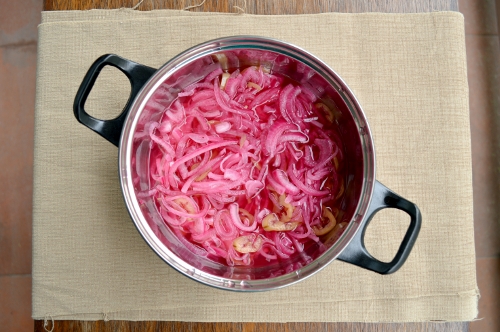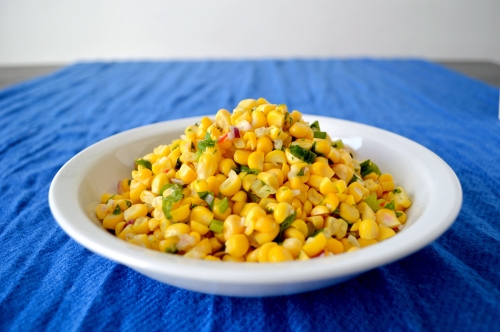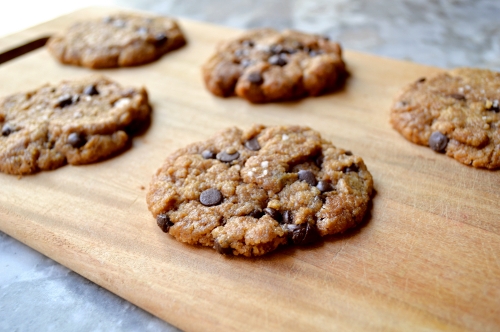
Can we talk about all the things I love about this recipe? Since there’s no flour, it’s great for gluten-free folks, and there’s also no worry if you’ve run out of flour in your cabinet (or butter, for that matter). Another perk of the lack of flour is that you don’t have to worry about overworking the dough. This means that you can taste and adjust the quantities of peanut butter, sugar, and salt, if you’d like (so long as you don’t mind raw egg – or taste before adding the egg), so it’d be easy to practically just eyeball the recipe (not something a lot of baked goods can claim).
